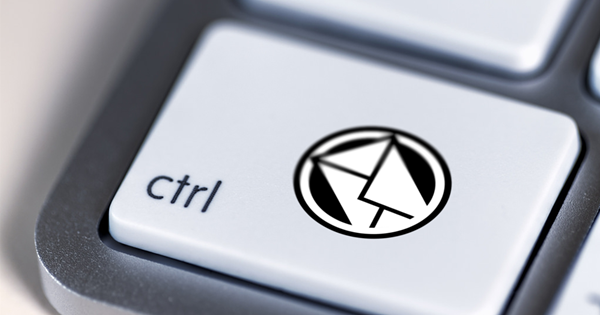Sometimes there’s been a marketing spin in my career as a communicator, sometimes not. But I’ve been around the block a few times, enough to be confident speaking about the issues that…
- Drive people crazy.
- Dilute the global church connection.
- Get in the way of sharing knowledge or information.
MyCom has invited me to write occasionally about church communications issues I see in my annual conference role — often things that are unconsidered, some that bear repeating.
First topic: Emails
We get so many of them every day. Some, if not the majority on certain days, are cringeworthy. When emails were on paper and called interoffice memos, they occasionally inspired vitriol. People made the same maddening errors in grammar, subject lines, cc vs bcc, reply-all and wordy content — just to name a few.
Signature lines
Let’s start by talking about the end — the end of your emails, that is — your signature line. It was a happy day when email clients allowed information about you and your job role to be saved and automatically added to the end of each drafted email. The styling of your email signature may seem minor when assuming a new church position. Modeling after a co-worker’s signature is ill-advised because he/she may have gone rogue. Instead, check your church’s email policy manual.
If you don’t have a policy manual (gasp!), opt for the most professional and consistent model. A signature line should contain only the basics:
- Name
- Phone number
- Office address
- Church/agency logo
Graphics in a signature
Resizing a logo appropriately is important. The tendency to click-drag the edge of an image, resizing until it “fits near enough,” results in an unprofessional, blurry rendering. (It also sends designers into convulsions.) Instead, resize the logo proportionally by click-holding the corner of the logo while holding the shift key. This allows the image scale to remain “true” while making the logo smaller or larger. Your logo designer will thank you. Maybe even send you flowers!
Kitten photos or cheap Christian clip art aren’t professional anywhere but especially not in a signature. Graphics in emails often arrive as attachments, which prompts security concerns.
Check your impulse to pontificate
Some people add their office hours or even a statement about the limitations of mobile devices to the signature line: “Typos courtesy of fat fingers on a phone.” Unless your church or agency requires a schedule in the signature line, don’t include one. After the 10th email I get from you, your schedule is as well known as my own. Resist the temptation to lecture in the signature about how email isn’t the best way to communicate. If there’s concern about how your email will be received, don’t send it. Instead pick up the phone or have a face-to-face conversation.
To otherwise personalize…or (better yet) not
As for adding an inspirational saying or celebrity quote to the signature: Resist.
Context is everything. Often the signature is forgotten about once it’s set. Without intending to offend, an innocuous quotation can. That thoughtful remark by a president may irritate a donor who votes differently. “I’m not afraid to die, but I just don’t want to be there when it happens” may be funny until it’s attached to a heartfelt sympathy email to a member grieving a loss.
Quotes don’t have a place at the bottom of a business email. If you’d like to use wise words or ideas from people you admire, blog about them or create a meme to add to social media pages.
Formatting the signature
Save your creativity for your personal emails. Font guidelines for a signature are usually found in policy manuals. Stick with a professional and clean font in black or dark gray. That means avoiding (at all costs, please!) multicolored Comic Sans.
Minimalism always wins in a signature line. Your recipients will thank you.

Diane J. Strzelecki graduated from Northwestern University with a B.S. in Communications and the naïve impression that if ideas were communicated clearly and succinctly, people would simply understand what was required and just go with the program. Her 20 years of experience in environmental consulting, defense contracting, church administration and public libraries shattered that illusion — but she remains devoted to communications excellence. Diane is a Communication Specialist with the Northern Illinois Conference and is passionate about helping church leaders understand how to communicate in the 21st century while staying true to their priorities.

